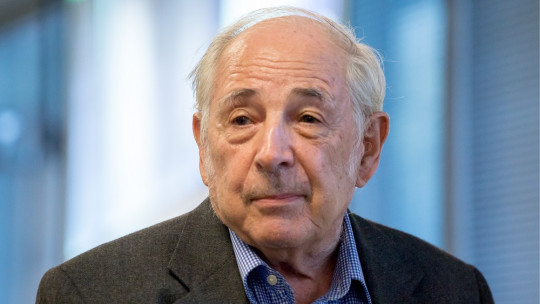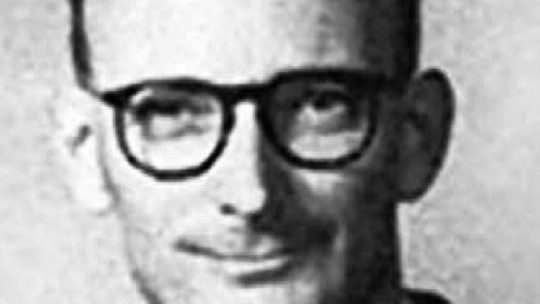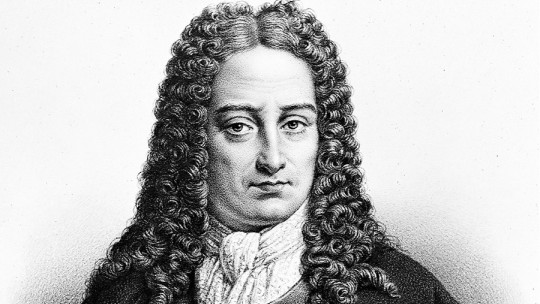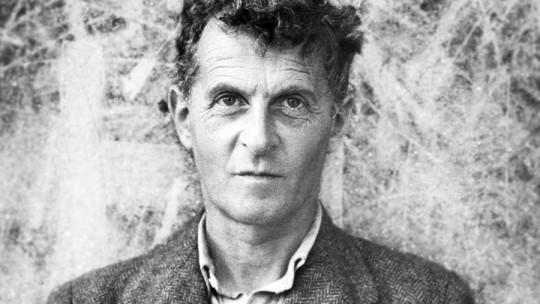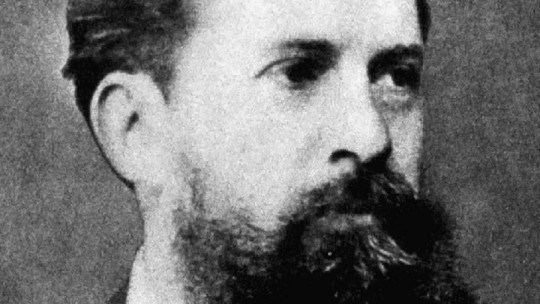John Searle (1932-) is an American philosopher recognized for his contributions to the philosophy of mind and the philosophy of language. His proposals have had important repercussions not only in these areas, but also in epistemology, ontology, the social study of institutions, practical reasoning, artificial intelligence, among many others.
We’ll see now John Searle biography as well as some of his main works and contributions to philosophy.
John Searle: Biography of a pioneer in the philosophy of language
John Searle was born in Denver, Colorado, in 1932. He is the son of an executive and a physicist, with whom he moved several times until finally settling in the state of Wisconsin, where he began his university career.
After graduating with a doctor of philosophy from the University of Oxford in 1959, Searle He has dedicated himself to teaching in the philosophy faculty of the University of California at Berkeley
The theory of speech acts
While studying at the University of Oxford, John Searle trained with the British philosopher John Langshaw Austin, who had developed Speech Act Theory. Much of Searle’s work has consisted of resuming and continuing the development of the latter.
Declarative acts and illocutionary acts
Through this theory, Austin criticized the tendency of contemporary philosophers, specifically the philosophers of logical positivism who propose that language is solely descriptive, that is, that the only possible language is one that makes descriptive statements, which may or may not be true only according to the context.
According to Austin, there are constative linguistic expressions (which are descriptive statements), but they only occupy a small part of the meaningful uses of language. More than confirmatory statements, for Austin there are performative statements (which he called “speech acts”). These speech acts have different levels, one of them is “illocutionary acts” or “illocutionary acts”. These are statements that have specific functionalities and effects in society.
For example, promises, requests, requests. That is, these are statements that, when named, display actions, or in other words, These are actions that are carried out only when they are named
The contributions of this thinker
John Searle returned to the theory of speech acts, and has focused specifically on the analysis of illocutionary acts, on their propositional content and on the rules they follow (on the conditions necessary for a statement to have performative effects).
According to Searle, a speech act is a situation that includes a speaker, a listener, and an utterance of the speaker. And an illocutionary or illocutionary act is the minimum unit of linguistic communication. For the philosopher, linguistic communication includes acts and this is so because by themselves, noises and written signs do not establish communication.
For linguistic communication to be established, it is a necessary condition that certain intentions exist. The latter means that when we communicate (when asking or stating something) we act, we are part of a series of semantic rules.
John Searle elaborates this complex proposal through describe both the semantic rules such as the different genres of illocutionary acts, their propositional contents, the situations in which speech occurs, among other elements.
Contributions to the philosophy of mind
In his academic and intellectual career, John Searle has significantly related language to the mind. For him, speech acts are closely related to mental states
Specifically, he has been interested in the relationship between intentionality and consciousness. He proposes that not all mental states are intentional, however, beliefs and desires, for example, have an intentional structure as long as they are connected to something specific.
Likewise, it suggests that consciousness is an intrinsically biological process, therefore, it is not possible build a computer whose processor is the same as that of our consciousness His contributions have been especially important for cognitive science, philosophy of mind, and discussions about the possibility of creating Strong Artificial Intelligence (which not only imitates the human mind, but truly reproduces it).
To put the latter into question, John Searle has proposed a thought experiment known as The Chinese Room, from which he explains how an operating system could imitate the human mind and behavior if it is given a series of rules to order in a specific way. a series of symbols; without necessarily the operating system understanding what those symbols mean, and without developing intentionality and awareness about it
John Searle has contributed significantly to the discussion of the division and relationship between mind and body. For him, these two are not radically different substances, as Descartes had established since the 17th century, and they are not reducible to each other (for example, the brain is not exactly the same as the mind), but rather they are phenomena that are intrinsically connected.

